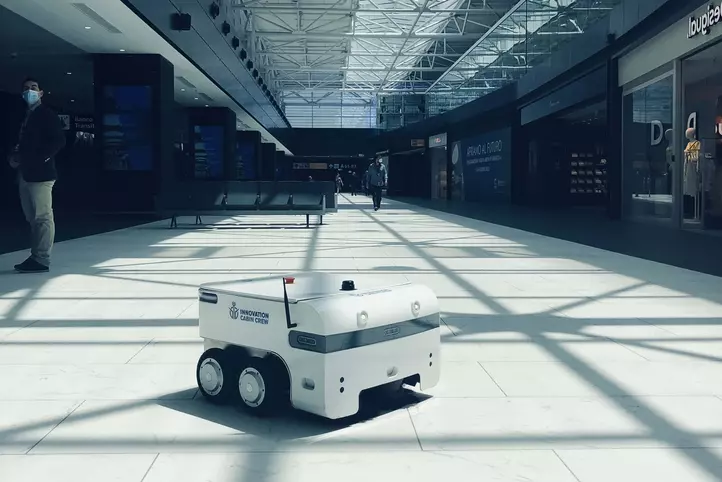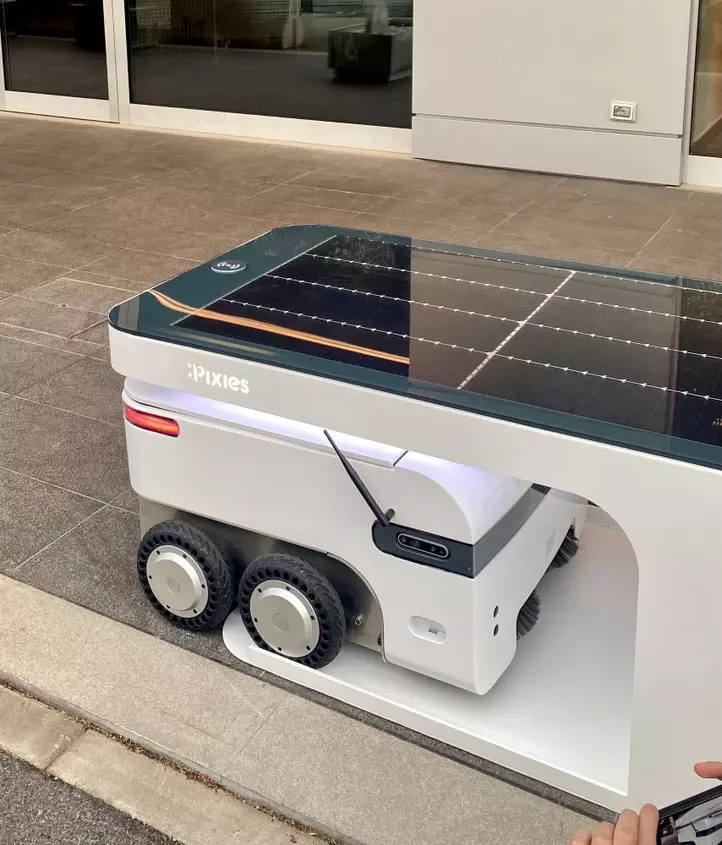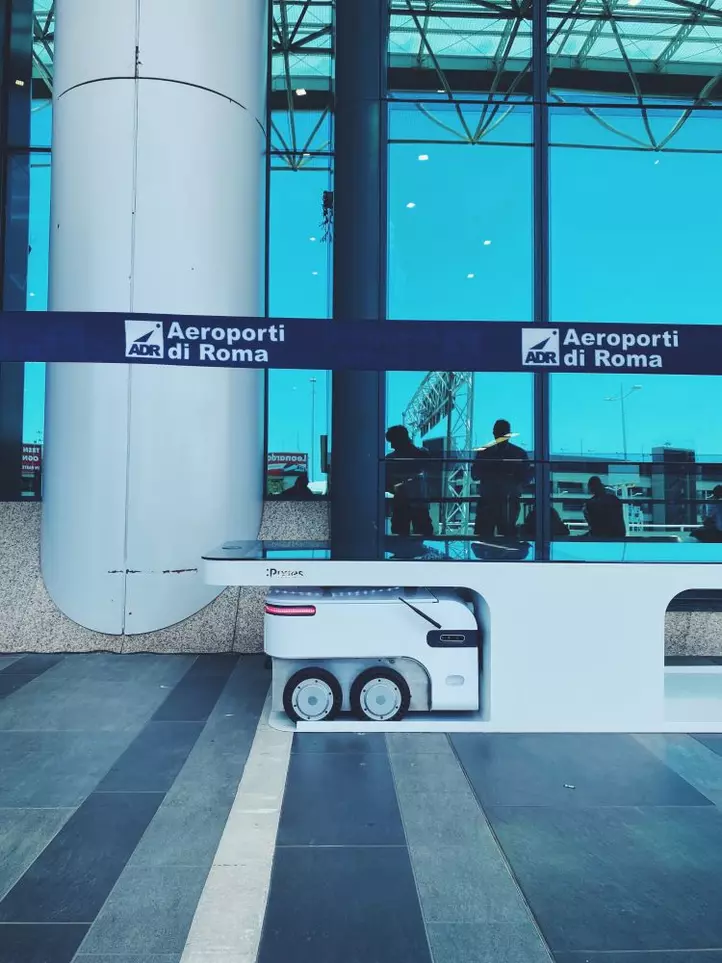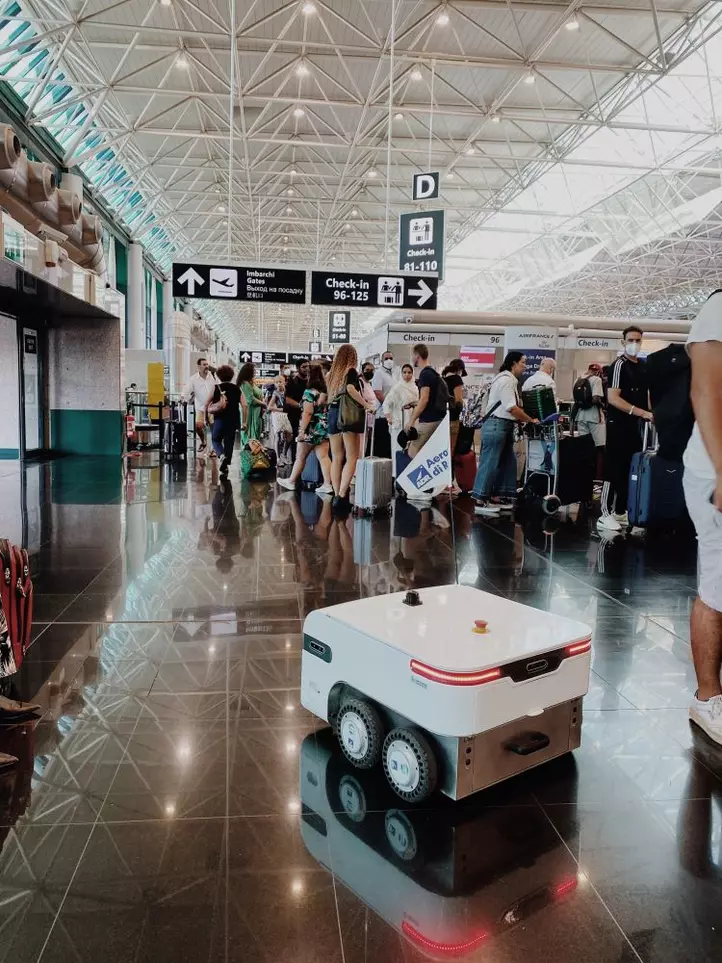'Rocket' is Infra Journal's column dedicated to the most interesting start-ups in the world of infrastructure, mobility and smart cities. In the foreground, there will be innovations, stories, ambitions and the faces of those who work there, to get to know the added value that distinguishes each of these young entrepreneurial realities. Rocket will be a journey through innovative answers to common needs, a journey designed to discover how these emerging companies develop and grow, the strategies to put their ideas on the 'launch pad' with the aim of 'taking off' and 'flying' on the strength of their business, establishing themselves on the market.
A special space is reserved for projects developed by startuppers from all over the world and presented at the Innovation Hub at Leonardo da Vinci Airport, for an 'open innovation' initiative of Aeroporti di Roma's airport management and services. In response to ADR's 'Call for Ideas' some 530 start-ups expressed interest, of which 96 (62 Italian and 34 foreign) applied to take advantage of the investments offered by ADR to support innovative ideas.
One such reality is Pixies.
Pixies imagines a city that can come to life thanks to the sustainable use of technology, destined to play a fundamental role in supporting and solving problems that directly affect the urban environment: first and foremost, the recycling of abandoned waste. The start-up is the brainchild of Andrea Saliola and Pier Paolo Ceccaranelli (in the picture below, En). They are the first innovators interviewed by 'Rocket'.
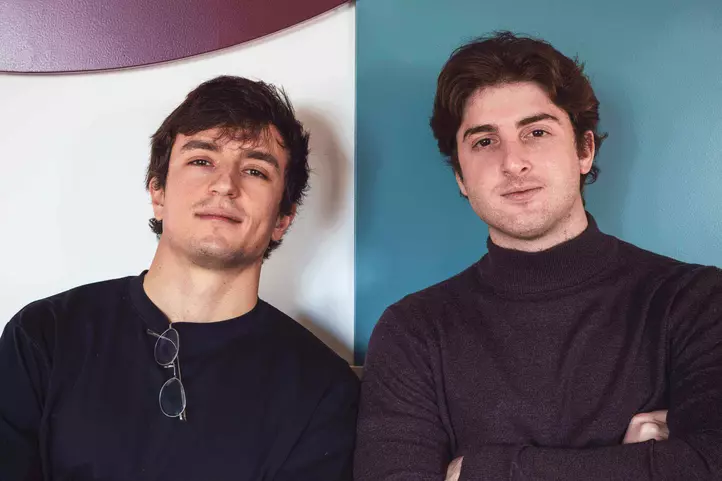
What problem does your start-up want to solve? And how did your idea come about?
“Pixies was created to solve the problem of abandoned waste within urban settings, a phenomenon known as littering. Cities occupy a tiny portion of the earth's surface, but are responsible for the majority of CO₂ emissions, and within them, waste is a major problem. Our aim is to exploit the opportunities provided by technology to make the waste collection process more efficient with a view to circularity and sustainability. We both carried out our studies with a very strong focus on innovative and sustainable urban design, and we imagined a city that comes to life through technology, to help us solve its problems."
What is the story of your start-up?
“We founded Pixies almost two years ago, starting from a confined space with a 3D printer during the lockdown period. Somewhat contrary to what is usually done, we immediately invested in our product and our idea (a robot) by starting 'head first' to develop the technology: from design, to realisation through 3D printing with recycled plastic filaments, betting on the fact that what we were imagining could actually bring value to communities.”
What results have you achieved so far?
“From the realisation we immediately got a lot of feedback: in the media we are among the best 20 start-ups for the circular economy in Europe, among the best 20 in the field of artificial intelligence for Fortune magazine, and we were awarded the Innovation Business Award by the European Parliament and the Council Presidency. At the market level, the most important Italian players have expressed interest to start working together. In terms of investments, we closed a first round for EUR 180,000 with Key Capital Partners, CDP Venture Capital and LVenture Group. About two years after our establishment, we are in the market and continue to work with Italian municipalities and large groups, including Aeroporti di Roma, which allowed us to test Pixies for five months within its programme.”
How does the technology behind your innovation work?
“Our first solution is a solar-powered smart bench that, by coupling with independent mobile robots, is able to clean the space it is installed in autonomously. The robots are equipped with AI technologies that allow them to recognise the different categories of waste and collect them separately; in this way Pixies can encourage the recycling of many valuable resources that are currently not sorted and improve processes.”
What are the quantifiable benefits of your solution (in airport management/passenger experience)?
“Pixies enables process improvements with a product that is low in energy consumption and made from recycled material, it uses solar energy to improve the liveability of the terminal with innovative elements that create engagement; it offers a continuous cleaning service 16 hours a day with a high performance; and it encourages the recycling of waste that is currently not disposed of.”
What market opportunities have you found and what strengths do you think make the content of your project attractive?
“The potential of our project lies in the software technology which has always been designed with sustainability as the main driver of development. This allows us to have a number of technologies (such as waste recognition) that are fundamental elements of our specific solution today, but which can also be extremely valuable on their own if applied to different use cases.”
What are the next steps you intend to take (in the business acceleration process)? And what goals do you set for yourself in the medium to long term?
“We are currently working on revising our business model to make our company as scalable as possible and ready for rapid international growth. Within this process we have also taken advantage of the valuable support of the Innovation Cabin Crew of Aeroporti di Roma, which has helped us to identify other applications of our technologies and is supporting us to start new proofs of concepts, in a process of continuous innovation.”
What is the added value that your young start-up can offer, in its way of working and thinking, both in comparison to more established ones in the market and in open innovation with more structured ones?
“Speed. Being in our stage of development means you have to be able to be very quick to attack that market segment you are trying to take and with limited resources. This means finding yourself in situations where you sometimes have to make decisions, which turn out to be crucial for you, without having the information and metrics needed to make them, and the cost (and unfortunately it happens) is that of making mistakes. Often the most established realities on an organisational level cannot have this speed. I think, therefore, that this is the true advantage of realities such as ours: some of the solutions that are proposed on the market by start-ups could also be developed by more structured realities, but sometimes, the speed that some of them have can play a key role.”
